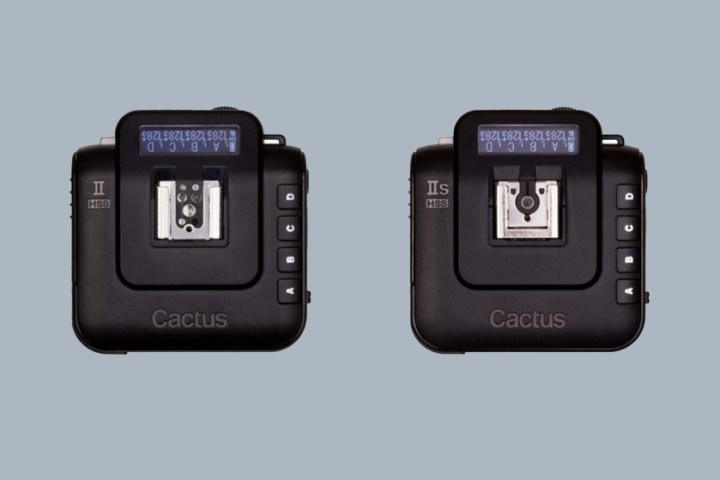
The second version of the flash receiver includes the same cross-brand compatibility, but adds high-speed sync (HSS) mode, which allows photographers to use the flash at fast shutter speeds. Normally, using a flash over a camera’s flash sync speed (which is often 1/250) creates a black bar across the image caused by the shutter. HSS, on the other hand, fires the flash longer, avoiding the shutter issue.
That high-speed sync mode allows for shooting with a flash at up to 1/8,000. But what’s perhaps even more interesting is that the manufacturer suggests the HSS feature can be used with any compatible flash, saying that the HSS feature is available even with Fujifilm flashes that don’t yet offer HSS on their own.
While most photographers stick with one brand, large productions may often have several different cameras on the shoot and orchestrating off-camera flashes becomes a complex task when each flash needs its own receiver. The Cactus allows for compatibility across five different brands.
The manufacturer is also offering the V6 IIs, which offers the same HSS features but is compatible with only Sony cameras and flashes, loosing that cross-brand compatibility.
Designed as simply remote triggers, the Cactus V6 II receivers don’t support through the lens (TTL) mode and need to be used with manual flash mode. However, the units offer remote control of those flash settings along with the remote firing.
Another perk? The Cactus V6 II is priced at a rather reasonable $99. That put’s them at a nice midrange between budget options like the Yongnuo and the pricer PocketWizard. The V6 II is expected out in July with the V6 IIs following in August.



